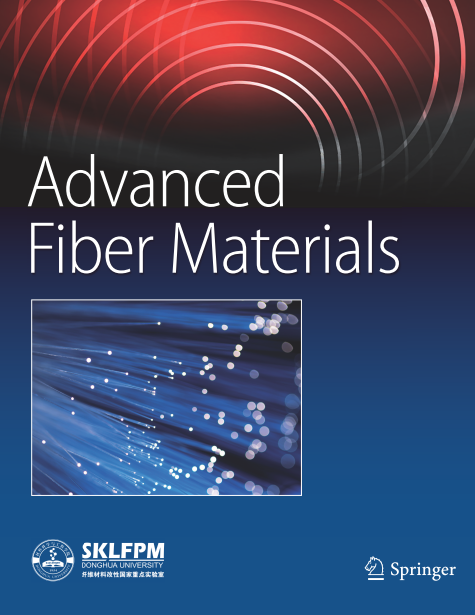Scalable and Sustainable Superhydrophobic Cooling Metacotton
Abstract
Cotton is a renewable bio-resource widely employed in human thermal management. However, it is required to further improve its cooling ability to address global warming issues posing serious threats to human activities. Herein, metacotton was produced by applying silica (SiO2)/poly(vinylidene fluoride-hexafluoropropylene) composite aerogel onto the cotton surface via microstructure finishing using the traditional textile equipment. Next, scalable metacotton fabrics with passive radiative cooling effect were obtained by weaving. The aerogel microstructure of metacotton results in excellent passive cooling capability of the fabric and endows it with superhydrophobic, insulating, and breathing properties. The metacotton fabric realizes an average cooling of 8.8 °C during summer days, showing superior cooling performance compared to the standard cotton. Notably, the metacotton fabric exhibits superhydrophobic stain-removal and wash-resistant properties, enhancing passive cooling durability. Furthermore, the method used for fabricating metacotton in this study can be applied to other fibers as well, and it is scalable and adaptable across the conventional equipment, which broadens the thermal management range in the textile industry.
Graphical Abstract

 求助内容:
求助内容: 应助结果提醒方式:
应助结果提醒方式:


